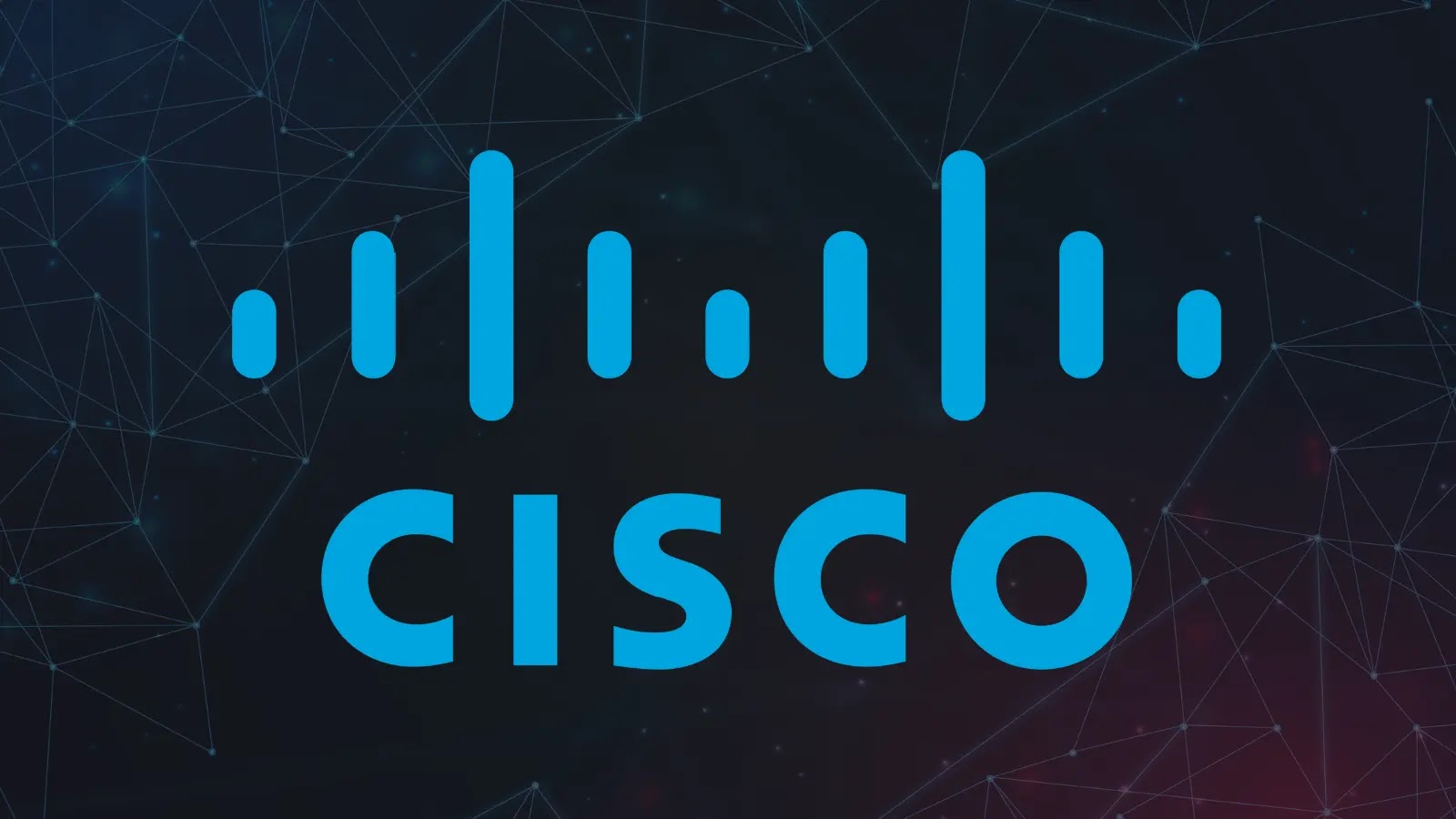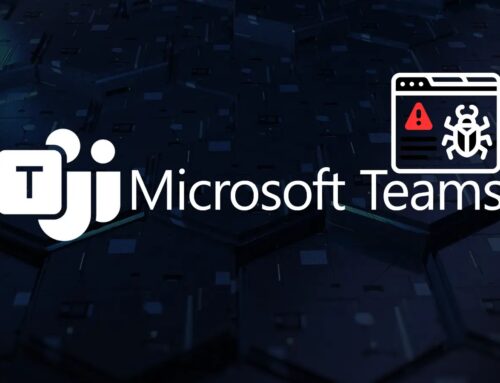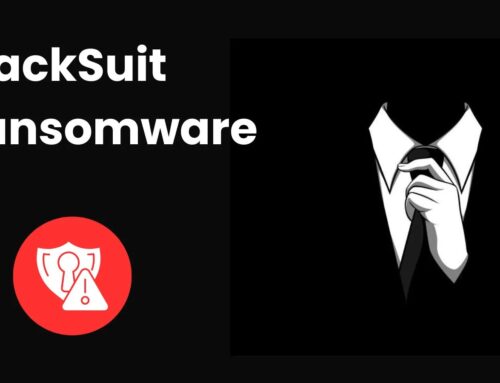
Cisco Hacked – Attackers Stole Profile Details of Users Registered on Cisco.com
Cisco Hacked: Understanding the Vishing Attack That Compromised User Data
A recent cyberattack on Cisco has highlighted the persistent threat of sophisticated social engineering tactics. Malicious actors successfully exfiltrated basic profile information belonging to an undisclosed number of users registered on Cisco.com. This incident serves as a critical reminder of the evolving landscape of cyber threats, particularly those targeting human vulnerabilities.
As cybersecurity professionals, understanding the mechanisms behind such breaches is paramount for developing robust defense strategies. This analysis will delve into the specifics of the Cisco breach, the insidious nature of vishing attacks, and critical remediation actions to bolster organizational security postures.
The Cisco Breach: A Vishing Success Story
Cisco confirmed that the breach originated from a targeted voice phishing, or “vishing,” attack. A sophisticated adversary successfully deceived a Cisco employee, gaining unauthorized access that ultimately led to the theft of user profile data. While the exact number of affected users remains undisclosed, the incident underscores the significant impact that even seemingly basic data compromises can have on user trust and corporate reputation.
The attackers specifically targeted “basic profile information,” which typically includes details such as names, email addresses, and potentially company affiliations. While not highly sensitive financial or personal health information, this data can be leveraged for further, more targeted social engineering attacks, spear-phishing campaigns, or identity theft attempts.
Demystifying Vishing Attacks
Vishing, a portmanteau of “voice” and “phishing,” is a social engineering technique where attackers use telephone calls to trick individuals into divulging sensitive information or performing actions that compromise security. Unlike traditional email phishing, vishing leverages the immediacy and perceived legitimacy of voice communication to exploit human trust and urgency.
Key characteristics of a vishing attack often include:
- Spoofing Caller ID: Attackers frequently spoof legitimate phone numbers to appear as if they are calling from a trusted source, such as an IT department, a bank, or a known colleague.
- Urgency and Pressure: The caller often creates a sense of urgency, claiming an immediate security threat, a problem with an account, or an urgent request that requires immediate action.
- Impersonation: Attackers impersonate individuals in positions of authority or trust, such as IT support, HR, or senior management.
- Information Gathering: The ultimate goal is to obtain credentials, confidential data, or manipulate the victim into installing malware or granting remote access.
The Cisco incident highlights the effectiveness of vishing, even within technologically advanced organizations, when employees are not adequately trained to recognize and resist such sophisticated deception.
The Chain of Compromise: From Vishing to Data Exfiltration
While Cisco has not released a granular breakdown of the attack chain, a typical progression for a vishing-initiated breach leading to data exfiltration often involves:
- Initial Contact and Deception: The attacker calls the employee, impersonating an internal help desk or a legitimate external entity.
- Credential Harvesting/Access: Through social engineering, the employee is convinced to provide login credentials, install remote access software, or click on a malicious link that grants initial access to the corporate network.
- Lateral Movement: Once inside, the attacker often moves laterally through the network, escalating privileges to reach target systems or data repositories.
- Data Exfiltration: The attacker then identifies and extracts the desired data, in this case, user profile information from Cisco.com’s user database.
- Covering Tracks: Malicious actors typically attempt to remove or obscure their presence to avoid detection.
This incident underscores the importance of a layered security approach, where technical controls are complemented by robust security awareness training.
Remediation Actions and Best Practices
Protecting against sophisticated social engineering attacks like vishing requires a multi-faceted strategy that combines technological defenses with human resilience. Here are critical remediation actions and best practices:
- Enhanced Security Awareness Training: Conduct regular, realistic training simulations that include vishing scenarios. Educate employees on common social engineering tactics, the importance of verifying caller identity through established internal processes (e.g., calling back a known internal number), and the dangers of revealing sensitive information over the phone.
- Multi-Factor Authentication (MFA) Everywhere: Implement and enforce MFA for all employee and customer-facing accounts. Even if credentials are compromised via vishing, MFA acts as a critical barrier, preventing unauthorized access.
- Robust Incident Response Plan: Ensure a well-defined and regularly tested incident response plan is in place to swiftly detect, contain, eradicate, and recover from breaches.
- Principle of Least Privilege (PoLP): Restrict user and system access to only the resources absolutely necessary for their function. This minimizes the impact if an account is compromised.
- Strong Password Policies: Enforce the use of strong, unique passwords and encourage the use of password managers.
- Email and Call Filtering: Implement advanced email and call filtering solutions to detect and block known malicious numbers or phishing attempts.
- Regular Security Audits and Penetration Testing: Proactively identify vulnerabilities in systems and processes, including human factors, before attackers can exploit them.
- Zero Trust Architecture: Adopt a Zero Trust security model, where no user or device is inherently trusted, regardless of their location on the network. Every access request is authenticated and authorized.
Tools for Enhancing Cybersecurity Posture
Various tools can aid organizations in detecting, preventing, and responding to cyber threats, including those leveraged by vishing attacks that lead to system compromise:
| Tool Name | Purpose | Link |
|---|---|---|
| Security Awareness Training Platforms (e.g., KnowBe4, Proofpoint) | Delivering interactive training and phishing simulations to employees. | KnowBe4, Proofpoint |
| Identity and Access Management (IAM) Solutions (e.g., Okta, Duo) | Managing user identities and enforcing MFA, single sign-on. | Okta, Duo Security |
| Endpoint Detection and Response (EDR) Solutions (e.g., CrowdStrike, SentinelOne) | Monitoring endpoints for malicious activity and providing rapid response capabilities. | CrowdStrike, SentinelOne |
| Security Information and Event Management (SIEM) Systems (e.g., Splunk, IBM QRadar) | Aggregating and analyzing security logs for threat detection and incident response. | Splunk, IBM QRadar |
Key Takeaways from the Cisco Breach
The Cisco breach serves as a stark reminder that even industry leaders are susceptible to well-executed social engineering campaigns. The compromise highlights several critical lessons:
- Vishing is a highly effective attack vector, capable of bypassing technical defenses by exploiting human trust.
- Even “basic” profile information can be valuable to attackers, serving as a stepping stone for future, more targeted attacks.
- A robust cybersecurity strategy must integrate strong technical controls with comprehensive and continuous security awareness training for all employees.
- Proactive measures, including MFA and adherence to the principle of least privilege, are essential to minimize the impact of successful breaches.
Organizations must remain vigilant, continually adapting their defenses to counter the evolving sophistication of cyber threats and acknowledging that the human element remains a primary target.





